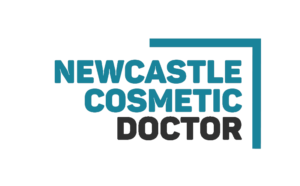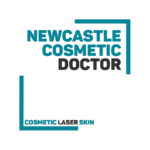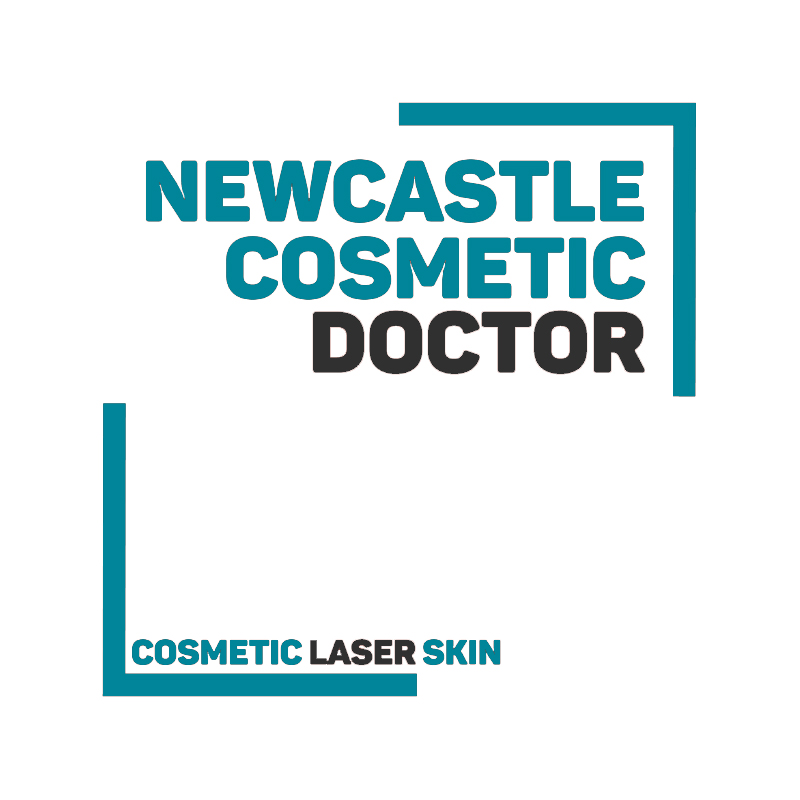This Standard Operating Procedure (SOP) governs the safe use of Class 4 medical lasers Fotona Dynamis (Er:YAG 2940 nm; Nd:YAG 1064 nm) and Fotona StarWalker (Q‑switched/picosecond Nd:YAG 1064/532 nm) in a dedicated laser room at Newcastle Cosmetic Doctor (NCD). It integrates Australian WHS legislation, laser safety standards, infection control and clinical governance requirements. 1 2 3 4 5
1. Roles & Responsibilities
- Laser Safety Officer (LSO): Appointed by the Medical Director; responsible for laser safety program, risk assessments, eyewear selection/verification, signage, training, audits, and incident review.
- Laser Operator (Doctor/Nurse): Credentialed for device/specific procedures; adheres to this SOP; completes pre‑use checks, parameter verification, and patient shielding.
- Assistant/Observer: Trained in room controls, PPE, plume capture, and emergency shutdown.
- Medical Director: Ensures compliance with WHS, Ahpra/Medical Board guidance, NSQHS standards, and maintains adequate insurance and ARTG documentation.
2. Controlled Laser Area (Room Controls)
- Access control: Dedicated room; door kept closed during operation; entry restricted to trained staff/patient only; visitor log maintained.
- Warning systems: "DANGER – LASER IN USE" illuminated warning and hazardous laser door signage; wavelength/class posted; emergency contact displayed.
- Surfaces/windows: Non‑reflective finishes; windows covered or treated to prevent beam escape; remove/mask jewellery and reflective instruments.
- Interlocks & footswitch: Use door interlocks where available; footswitch protected; cables managed to prevent trip hazards.
- Fire safety: Keep non‑flammable drapes; allow alcohol preps to fully dry; hair secured/moistened; oxygen sources minimised; extinguishers available/checked.
- Plume control: Medical smoke evacuator with ULPA/HEPA + activated carbon filtration; capture nozzle within 2 cm of treatment site; filters changed per manufacturer.
3. Personal Protective Equipment (PPE) & Eyewear
- Eyewear selection: Eyewear must be labelled with optical density (OD) appropriate to wavelength/energy: 1064 nm (Nd:YAG), 2940 nm (Er:YAG), and 532 nm (frequency‑doubled). All persons in room must wear wavelength‑appropriate eyewear; patients wear intra‑ocular metal shields for peri‑ocular work.
- Respiratory protection: For plume‑generating procedures, use smoke evacuator as primary control and consider P2/N95 respirators where indicated.
- Skin protection & attire: Non‑flammable drapes, protective gloves; avoid alcohol‑based products near beam path until dry.
4. Equipment Checks & Maintenance
- Daily pre‑use checks: Key switch and emergency stop tested; aiming beam verifies alignment; handpieces/tips inspected; fibres and articulated arms checked; footswitch responsive; eyewear inspected for scratches/damage; smoke evacuator operational; room warning light functioning.
- Parameter verification: Confirm program/spot size/fluence/pulse duration/repetition rate match protocol and consent; double‑check patient identity and site.
- Maintenance: Follow manufacturer service intervals; maintain logs; retain ARTG inclusion and service reports.
5. Patient Assessment, Consent & Photography
- Screen for photosensitising meds, pregnancy, keloid tendency, recent sun exposure/fake tan, active infection/herpes; assess Fitzpatrick skin type and risk of PIH.
- Explain benefits/alternatives/risks (burns, pigment change, scarring, infection, ocular injury) in plain English; offer cooling‑off as required; obtain written consent.
- Clinical photos stored as part of the medical record; separate explicit consent for any advertising use; manage per Australian Privacy Principles.
6. Laser Procedure Protocol
- Time‑out: Confirm patient identity, procedure, site, device, parameters, eyewear, plume capture, fire precautions.
- Technique: Use appropriate spot size/fluence/pulse duration for indication; maintain controlled handpiece distance; avoid plume re‑circulation; keep nozzle close.
- Communication: Announce "laser on" when firing; restrict distractions; document settings used and any adverse responses.
- Post‑care: Cool skin as indicated; provide aftercare (SPF, avoid sun/heat, no picking); document batch/lot numbers for disposables.
7. Plume Management (LGAC)
- Activate smoke evacuator for any ablative or pigment‑shattering treatment; place nozzle within 2 cm; ensure high‑efficiency filtration (ULPA/HEPA + carbon); replace filters per schedule.
- Maintain room ventilation; minimise staff in room; consider respirators if indicated; follow infection prevention principles.
8. Emergency Procedures
- Ocular exposure: Stop immediately; shield device; urgent ophthalmology referral; document incident; notify HCCC/Ahpra as required; review eyewear controls.
- Skin burn/fire: Cease firing; remove ignition sources; cool burn with saline/water; manage per burn first aid; consider NSW Health referral; complete incident report.
- Smoke evacuator failure: Halt ablative/pigment procedures until fixed; escalate to LSO.
- Electrical fault: Power down using emergency stop; evacuate room if necessary; tag‑out device; service call.
9. Training, Credentialing & Audit
- All operators must complete laser safety training referencing AS/NZS 4173 and local WHS law; competencies recorded; new staff supervised until signed‑off by LSO.
- Quarterly audits: eyewear OD match, room signage, interlocks/warning light, plume capture performance, emergency kit readiness, documentation completeness.
- Non‑conformances trigger corrective actions and re‑training.
10. Device Inventory, ARTG & Maintenance
- Maintain a device register (model/serial/handpieces/software versions).
- Keep ARTG inclusion evidence and supplier service reports; ensure software updates and safety notices are actioned.
- Retain calibration/QA logs for each laser; review annually at governance meeting.
11. Signage, Documentation & Records
- Door signage: class/wavelength, hazard pictograms, LSO contact.
- Records: consent forms, parameter sheets, adverse event logs, maintenance logs, eyewear OD matrix, smoke evacuator filter log, training log, visitor log.
- Privacy: photos and records handled per Australian Privacy Principles.
Sources
- Safe Work Australia 2025, Managing laser safety (Model WHS / Codes of Practice), viewed 7 October 2025, https://www.safeworkaustralia.gov.au/topic/laser ↩︎
- SafeWork NSW 2025, Work Health and Safety (NSW) legislation & guidance, viewed 7 October 2025, https://www.safework.nsw.gov.au/law-and-policy/work-health-and-safety-legislation ↩︎
- AS/NZS 4173:2018 2025, Guide to the safe use of lasers in health care (Standards Australia catalogue), viewed 7 October 2025, https://store.standards.org.au/product/as-nzs-4173-2018 ↩︎
- AS/NZS IEC 60825.1 2025, Safety of laser products (general requirements) (Standards Australia), viewed 7 October 2025, https://store.standards.org.au/product/as-nzs-iec-60825-1-2014 ↩︎
- ARPANSA 2025, Lasers and optical radiation safety (Australian Radiation Protection and Nuclear Safety Agency), viewed 7 October 2025, https://www.arpansa.gov.au/understanding-radiation/non-ionising-radiation/lasers ↩︎
- Ahpra 2025 2025, Guidelines for non‑surgical cosmetic procedures, viewed 7 October 2025, https://www.ahpra.gov.au/News/2025-01-31-Guidelines.aspx ↩︎
- Medical Board of Australia 2025, Cosmetic procedures guidelines, viewed 7 October 2025, https://www.medicalboard.gov.au/Codes-Guidelines-Policies/Cosmetic-medical-and-surgical-procedures-guidelines.aspx ↩︎
- ACSQHC 2025, NSQHS Standards (Preventing & Controlling Infections; Clinical Governance), viewed 7 October 2025, https://www.safetyandquality.gov.au/standards ↩︎
- ACORN (Operating Room Nurses) 2025, Standards for Perioperative Nursing: Laser Safety & Surgical Plume, viewed 7 October 2025, https://www.acorn.org.au/standards ↩︎
- Safe Work Australia 2025, Managing the risks of surgical plume (general guidance via healthcare hazards), viewed 7 October 2025, https://www.safeworkaustralia.gov.au/topic/healthcare ↩︎
- Fire & Rescue NSW 2025, Workplace fire safety (portable extinguishers, evacuation diagrams), viewed 7 October 2025, https://www.fire.nsw.gov.au/ ↩︎
- NSW Health 2025, Infection Prevention & Control Policy PD2020_026, viewed 7 October 2025, https://www1.health.nsw.gov.au/pds/ActivePDSDocuments/PD2020_026.pdf ↩︎
- TGA 2025, Australian Register of Therapeutic Goods (ARTG) search, viewed 7 October 2025, https://www.tga.gov.au/resources/artg ↩︎
- TGA 2025, Medical devices: Essential Principles & ARTG inclusion, viewed 7 October 2025, https://www.tga.gov.au/resources/resource/guidance/essential-principles ↩︎
- OAIC 2025, Australian Privacy Principles (for clinical photos/records), viewed 7 October 2025, https://www.oaic.gov.au/privacy/australian-privacy-principles ↩︎
- NHMRC 2025, Australian Guidelines for Infection Prevention in Healthcare (2019), viewed 7 October 2025, https://www.nhmrc.gov.au/about-us/publications/australian-guidelines-prevention-and-control-infection-healthcare-2019 ↩︎
- HCCC NSW 2025, Health complaints & investigations, viewed 7 October 2025, https://www.hccc.nsw.gov.au/ ↩︎


